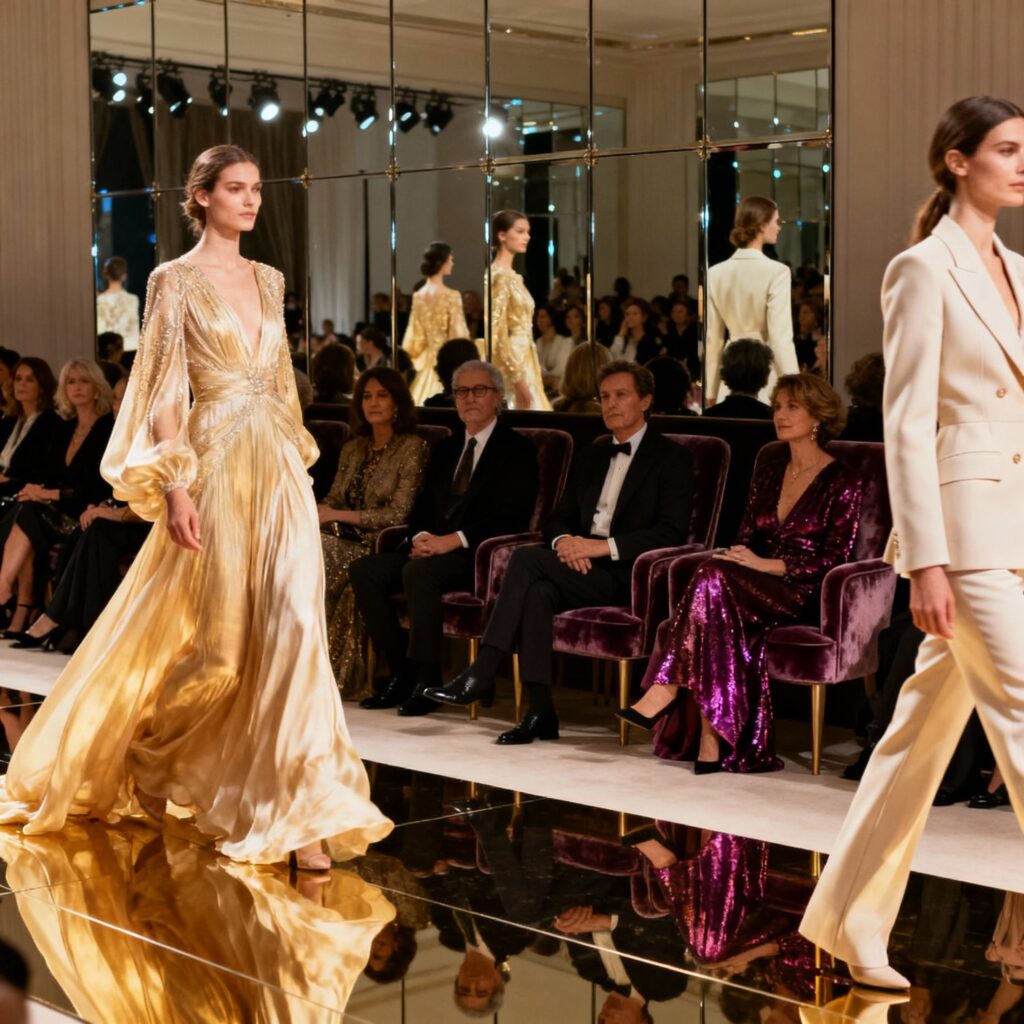Understanding the Environmental Impact of High-End Fashion
At Queen Trends, luxury fashion represents more than exquisite style and feminine elegance—it also carries a responsibility toward the planet. Despite its celebrated craftsmanship and quality, the industry contributes to global carbon emissions through resource-intensive production, transportation, and waste. This in-depth look explores the carbon footprint of luxury fashion, highlighting challenges and inspiring women to make informed, sustainable choices while enjoying timeless style.

What Constitutes the Carbon Footprint of Luxury Fashion?
The carbon footprint encompasses all greenhouse gas emissions linked to a product’s life cycle—from raw material extraction and manufacturing to distribution, use, and end-of-life disposal:
- Raw Material Sourcing: Luxury uses premium fibers like silk, wool, and leather that require intensive land use, water, and energy.
- Production Processes: Handcrafting, dyeing, and finishing involve energy consumption and chemical use.
- Transportation: Global supply chains rely on shipping, air freight, and trucking, adding significant emissions.
- Retail and Consumer Use: Store operations, packaging, and customer transport contribute further.
- Waste: Unsold goods and garment disposal generate landfill and waste emissions.
Why Luxury Fashion’s Footprint Matters
While luxury brands produce fewer pieces than mass fashion, their high resource intensity and global scale leave a notable impact. Queen Trends stresses awareness because:
- The brand’s commitment to sustainability influences the market’s future.
- Informed consumers can drive demand for ethical practices.
- Reducing carbon emissions aligns with protecting beauty and life worldwide—core feminine values.
Industry Efforts to Reduce Emissions
Leading luxury houses are adopting innovations to shrink their carbon footprint:
- Sustainable Materials: Incorporating organic cotton, recycled polyester, and lab-grown leather alternatives.
- Efficient Manufacturing: Using renewable energy, water recycling, and chemical-free dyeing to cut emissions.
- Localizing Production: Shortening supply chains to reduce transportation emissions.
- Circular Economy Models: Encouraging reuse, repair, resale, and recycling initiatives within their brand ecosystems.
- Carbon Offsetting: Investing in renewable energy projects and reforestation to balance emissions.
How Consumers Can Support Sustainable Luxury

Queen Trends encourages women to play an active role by:
- Choosing brands that are transparent about emissions and sustainability goals.
- Investing in high-quality, timeless pieces to reduce consumption frequency.
- Caring carefully for garments to extend their life.
- Participating in resale markets or luxury rental programs.
- Advocating for industry accountability and environmental stewardship.
Measuring and Reporting Carbon Footprint
Technologies like blockchain and AI increasingly help luxury brands accurately measure and report emissions for accountability. Consumers benefit by gaining clearer information to guide responsible purchasing.
Queen Trends’ Vision of Sustainable Femininity
Sustainability and luxury need not conflict—as Queen Trends advocates, they can harmonize beautifully when ethics, art, and feminine empowerment unite. The future of luxury lies in mindful elegance that honors both style and the planet.
Final Thoughts: Embrace Stylish Stewardship
By understanding luxury fashion’s carbon footprint, women can make empowered choices that enhance their feminine style while caring for the earth. Queen Trends invites you to join the movement toward smarter, beautiful, and sustainable luxury.



